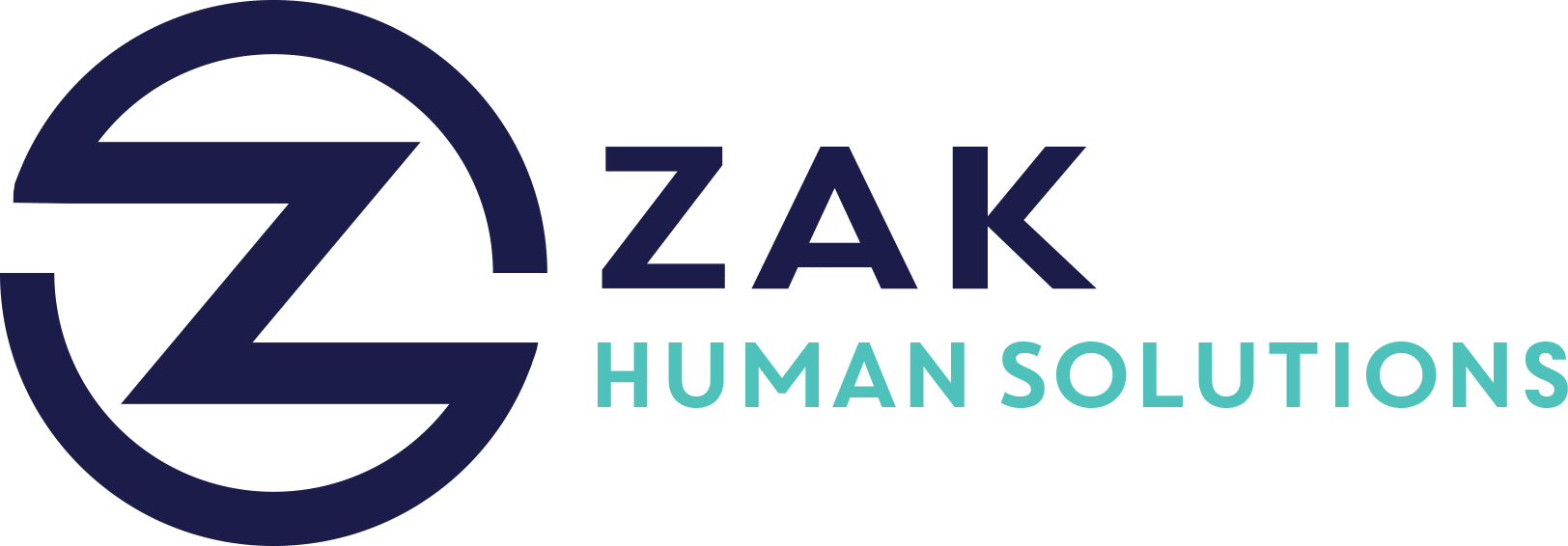In recent years, Human Resources (HR) leaders have faced an unprecedented set of challenges. Elevated from the shadows of administrative duties to the forefront of the C-suite, Chief Human Resources Officers (CHROs) have transformed into pivotal players steering the organizational ship through the turbulent waters of pandemics and labor market upheavals. However, this ascent has been fraught with pitfalls, leading to widespread burnout, and causing many HR leaders to reconsider their roles. This blog post delves into the dynamics contributing to this crisis and suggests ways to mitigate the burnout epidemic afflicting HR leadership.
The Pandemic Catalyst
Prior to the pandemic, HR was often perceived as a support function within most organizations. However, COVID-19 flipped this perception entirely on its head. Organizations urgently required strategic leadership to navigate furloughs, mental health issues, remote work policies, and the Great Resignation. Consequently, CHROs took on additional responsibilities, driving strategic planning and employee welfare initiatives, contributing to their burgeoning role within the C-suite.
A Double-Edged Sword
The broadening of HR’s strategic scope came at a cost. According to a survey by Gartner in 2023, a staggering 71% of HR professionals feel more burnt out than before the pandemic. This increase in workload was not matched by a corresponding increase in resources. In fact, Gartner’s HR Budget and Efficiency Benchmarking survey showed that around 30% of HR leaders anticipated budget cuts in 2024, with another 30% expecting their budgets to remain stagnant. This indicates a growing disparity between responsibilities and resources available to fulfill them.
Understanding the Resource Gap
Several factors contribute to the resource gap in HR:
- Outdated Perceptions: Many organizations continue to view HR through a traditional lens, perceiving it as an administrative necessity rather than a strategic partner. This perception limits the budget and resources allocated to HR departments.
- Increased Responsibilities: The rapid escalation in HR’s responsibilities, compounded by the need to manage a distributed workforce and address complex employee welfare issues, has stretched resources thin.
- Technological Lag: While technology can alleviate some HR burdens by automating administrative tasks, many organizations have yet to invest adequately in HR tech.
Strategies for Combating Burnout
Reversing this trend requires a multi-faceted approach centered around advocacy, technology, and strategic alignment:
1. Advocacy and Communication
CHROs must communicate their evolving role and the value they deliver to company leadership. Making a strong business case for resource allocation will require demonstrating the impact of HR initiatives on broader organizational goals, such as employee retention and productivity.
2. Embrace Technology
Leveraging technology to automate routine HR tasks can free up valuable time for HR leaders to focus on strategic initiatives. Areas such as payroll, benefits administration, and employee queries can benefit greatly from AI-driven solutions.
3. Redefine HR Roles
Organizations should redefine HR roles to align with the new challenges facing the workforce. This involves creating new specialist roles within HR to address specific issues such as hybrid work policies, diversity and inclusion initiatives, and mental health support.
4. Promoting Well-being
Investing in the well-being of HR teams themselves is crucial. This can include robust mental health programs, flexible working conditions, and opportunities for professional development.
A Call to Action
The current state of HR leadership is a reflection of broader organizational systems and priorities. It demands urgent attention and action from top executives beyond HR itself. By recognizing the strategic importance of HR, allocating adequate resources, and leveraging technology, organizations can not only alleviate burnout among HR leaders but also pave the way for more sustainable growth and employee satisfaction.
The HR function is at a crossroads, and how organizations respond will have lasting implications for their future.




